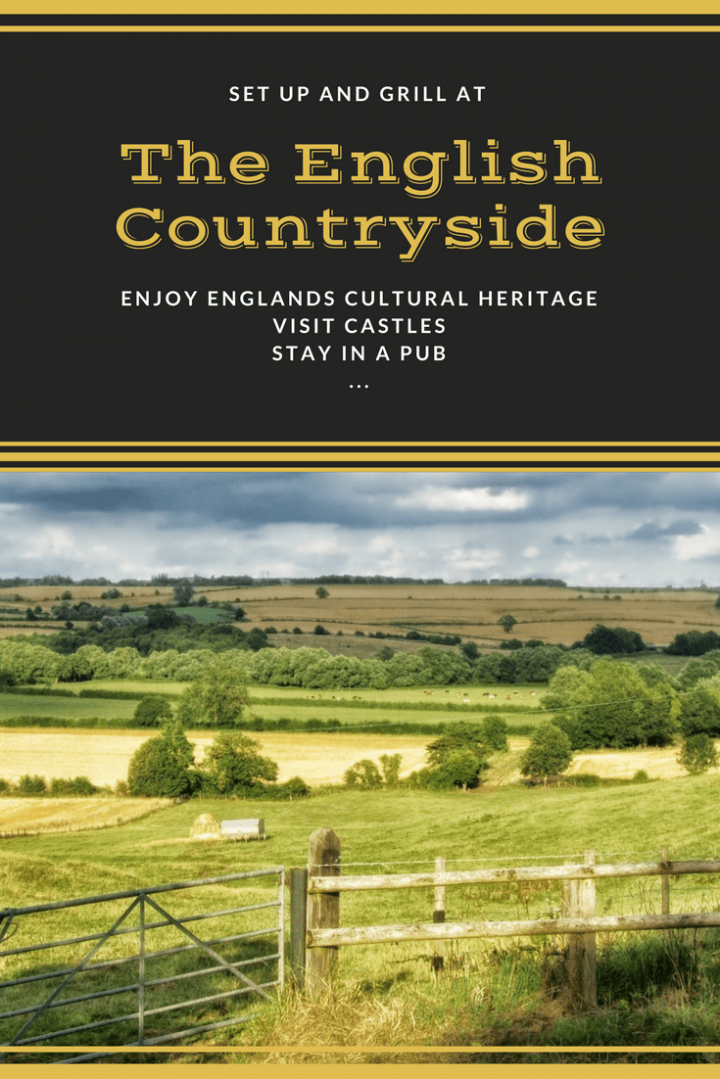London is a great city, but when I think of England, my thoughts go first to the countryside. The English countryside is so charming and, besides the beautiful surroundings, it offers an enormous historical heritage. I love to visit the old mansions and castles. Each building has its own rich history and there are often wonderful stories attached to it. Today I’ll take you on a journey to a few of the many historical attractions in the Norfolk area.
Lincoln Cathedral
After arriving in Hull (by ferry)we turn right, heading towards the town of Lincoln, best known for the Lincoln Cathedral. This historic cathedral is a masterpiece of British architecture. From early 14th century until the mid-16th century it was, with 160 meters, the world's tallest building. In 1548 this came to an end when the spire collapsed during a storm. Take the Lincoln hop-on-hop-off buses to visit the city.
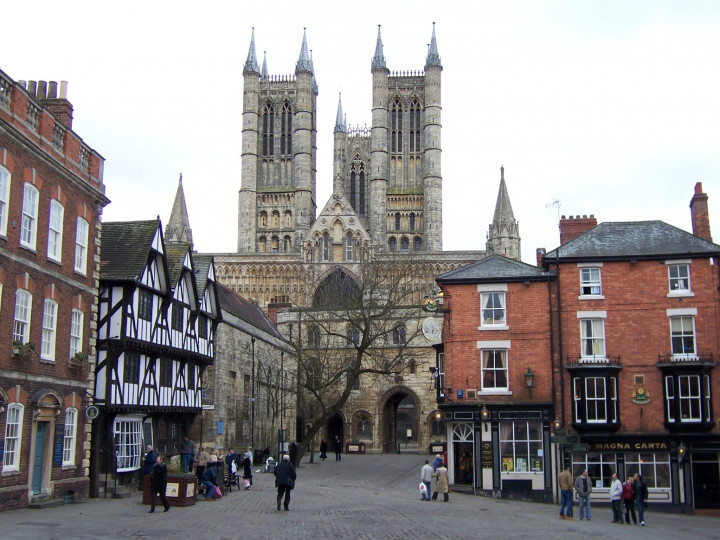
Belvoir Castle
Belvoir Castle is the home of the Duke of Rutland, and it’s the fourth castle at this location. The previous castles were destroyed in the course of history (during The Wars of the Roses, the civil war and by a large fire). The present castle is there since the beginning of the 19th century. The castle is open to the public from Easter to September. The gardens around the castle are beautiful.
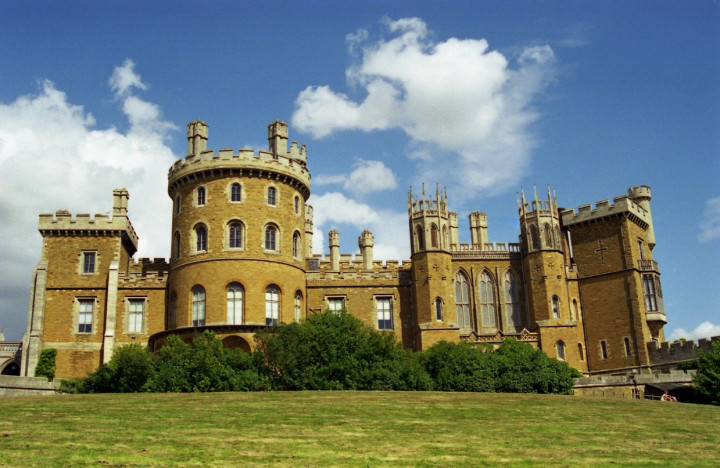
Ely Cathedral
Ely Cathedral is a majestic building. The first Christian building on this site dates back to the 7th century. The present cathedral was built in the 11th century. The town of Ely is also a very nice harbor and the ideal place to enjoy a drink.
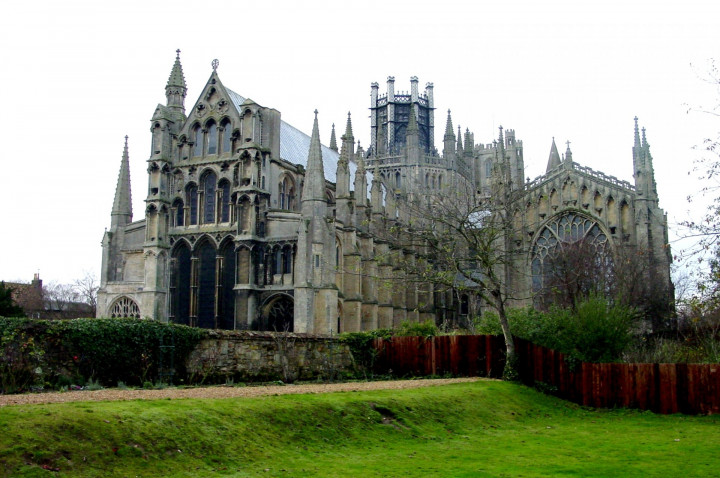
Castle Rising
The Norman Castle Rising is a medieval castle built in the 12th century by the Counts of Sussex. It is one of the best-preserved castles in England.
Sandringham House
Sandringham House is the residence of the Queen and is partially open to visitors. After World War II they started breeding white deer, because they were easier to see at a distance. What lazy hunters!
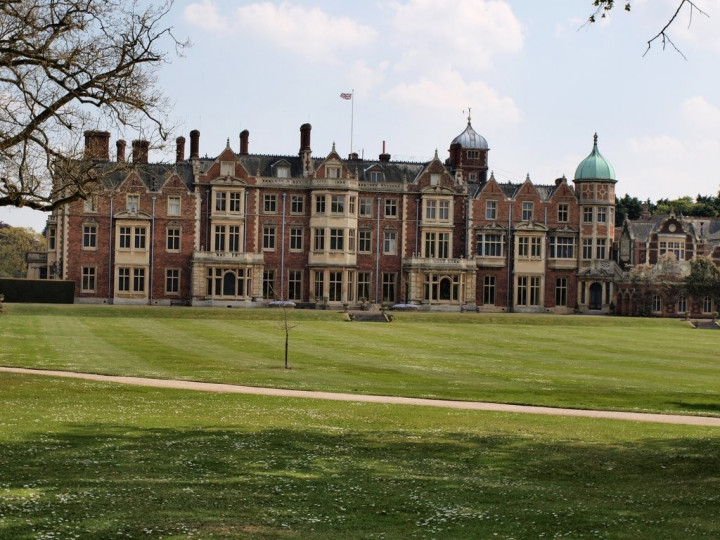
More historical heritage
- Blakeney Guildhall is what remains of the basement of a medieval merchant house.
- Blickling Hall was built at the beginning of the 17th century and is surrounded by a beautiful garden.
-
One of the most interesting houses, according to me, is Chartwell. It is far from the most beautiful building, but it was the home of Winston Churchill and just breathes history. The beautiful rose garden was a project of Churchill's wife.

Almost all of these castles and manor houses belong to the National Trust. If you want to visit some of these buildings, it’s best to become a National Trust member. You buy a membership here . Join and get involved, but you can also arrange it at the counter of the first site you're visiting. The entrance tickets are not cheap, so become a member and you will certainly earn your money back after two or three visits.
You haven't seen enough? Read more about the best Castles and Palaces in the UK.
Where to stay and where to eat?
In England I'd choose one of the many mansions or castles that have been transformed into a hotel. And of course you also have to stay in a pub . Do not expect great luxury, but neat, character houses.
The following hotels we've tested.
- Langar Hall (Nottingham) is a former farmhouse with a rich history. The rooms are named after important personalities who have stayed here. In the rooms you go back in time without giving up comfort.
- The Nags Head (Nottingham) is a typical English pub. In the countryside I prefer pub-food over eating in a fancier restaurant. The British still have much to learn there.
- The George in Huntingdon (Cambridgeshire) was once the home of Oliver Cromwell's grandfather. Today it is a hotel. They belong to The Old English Inns, a group of hotels with a historical background.
- The Lifeboat Inn (Norfolk) is a 16th century smugglers inn and one of the most charming address where I stayed. You can also visit Norfolk Lavender in this region. You can get a tour from May to September (or just take a walk) in these huge fields with over 500 species of lavender.
Take a plane and rent a car or even better, take your own car and travel by tunnel or ferry to discover the English Countryside.
Do you love historical heritage? And did you join The National Trust?
